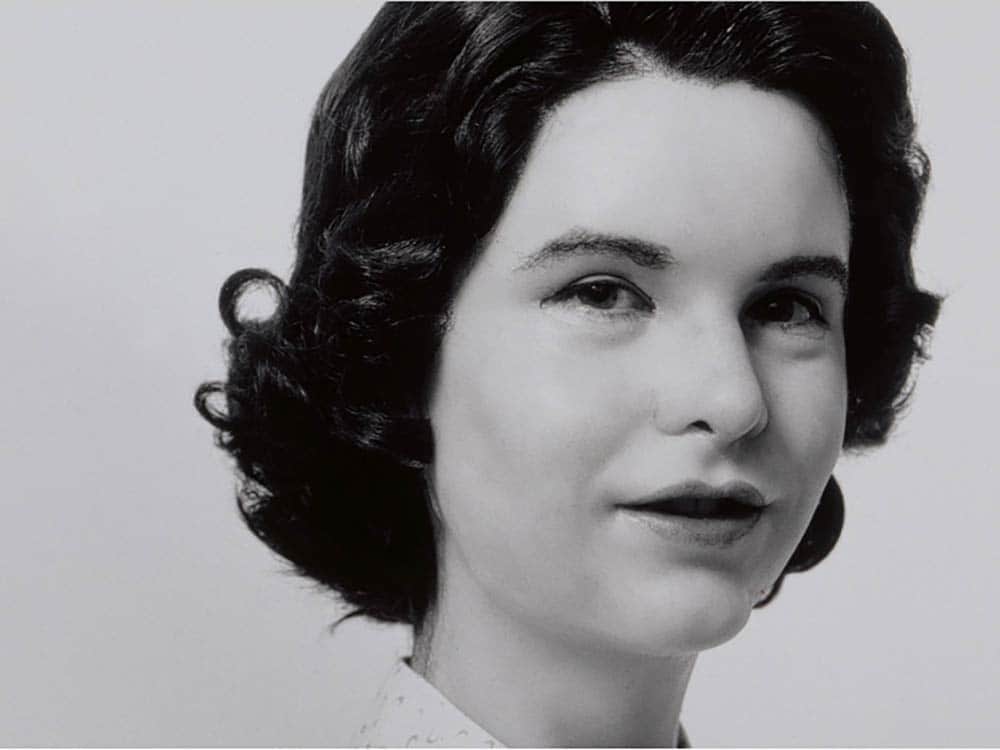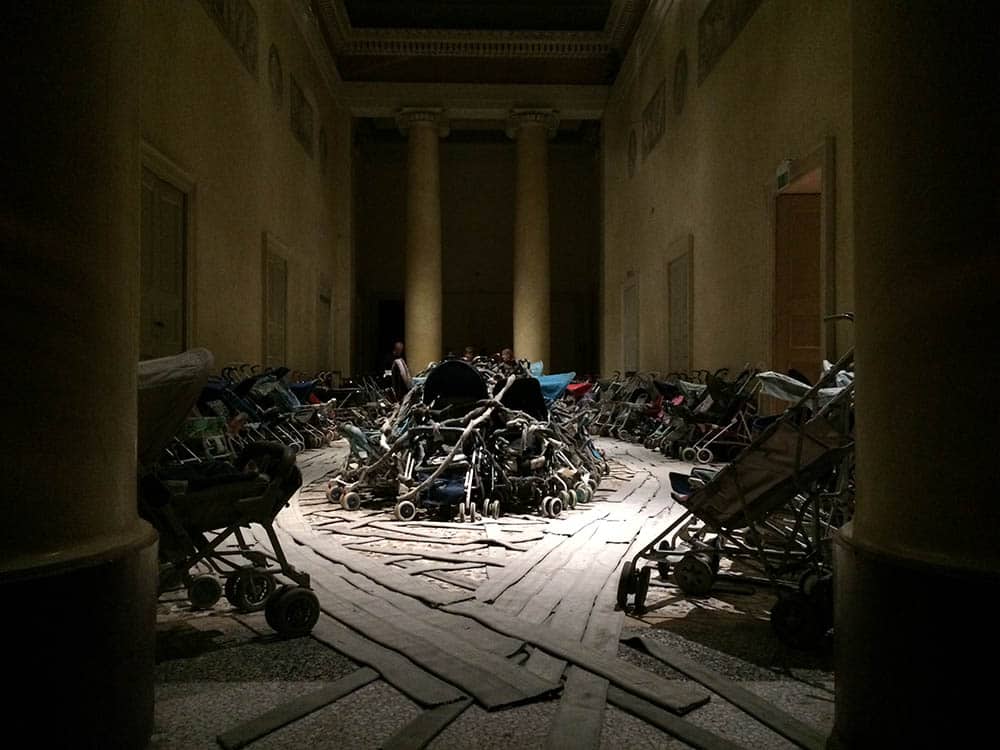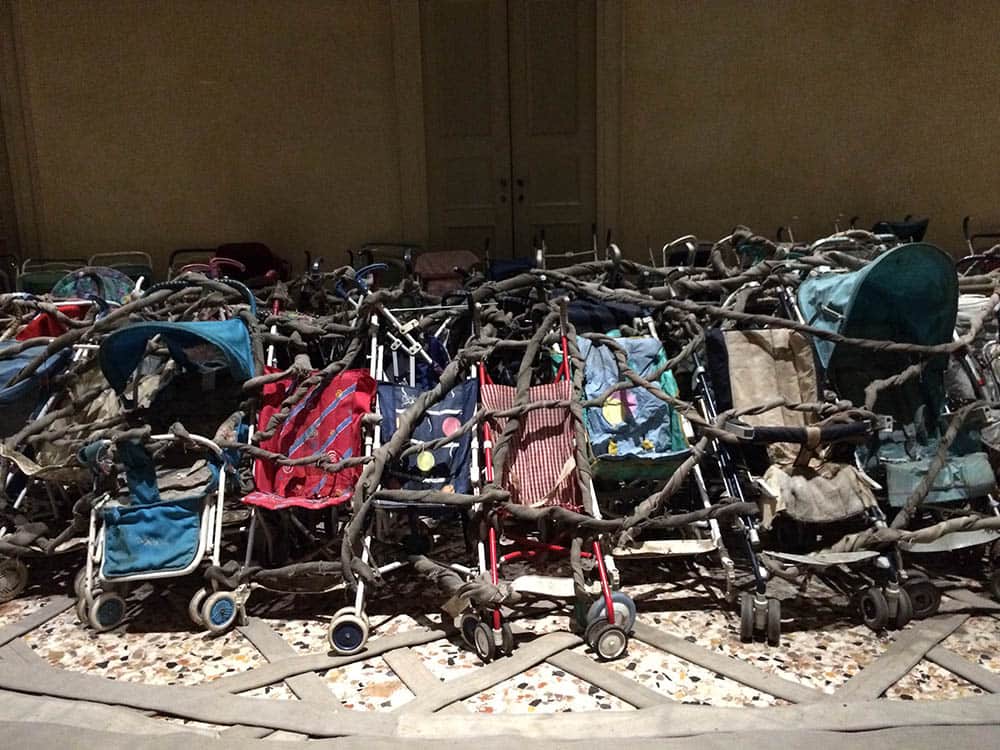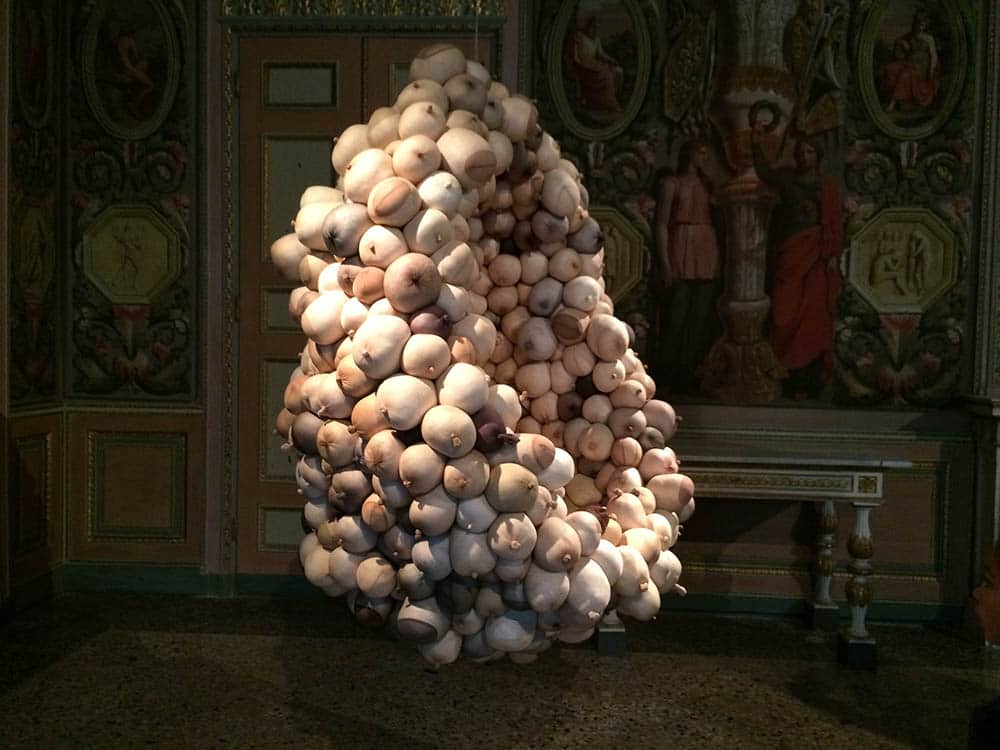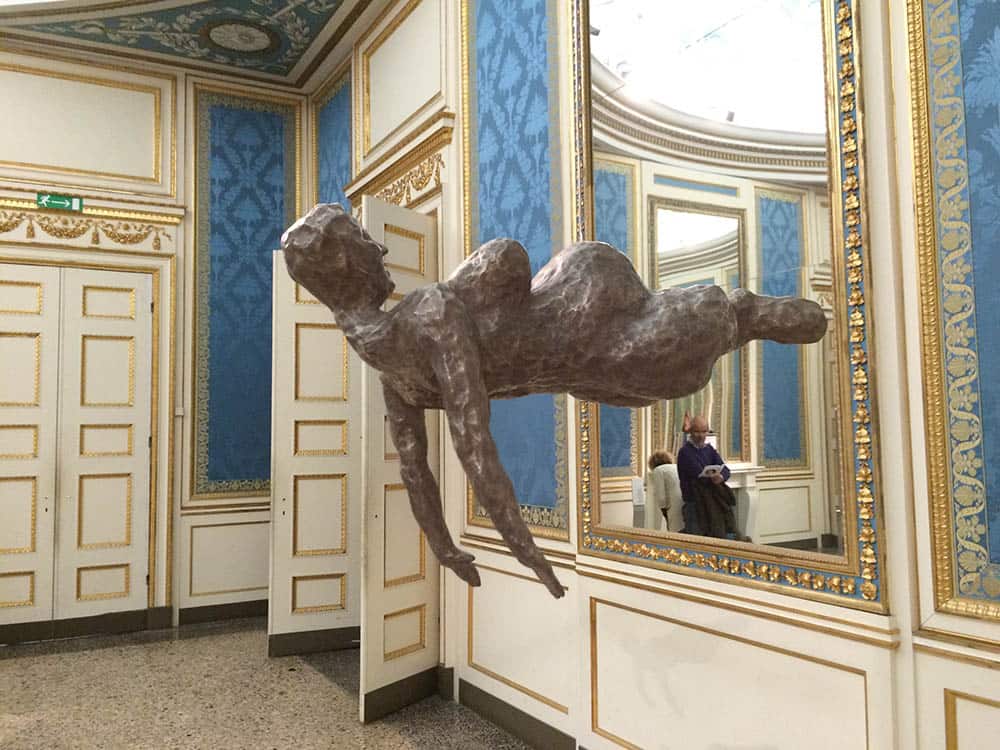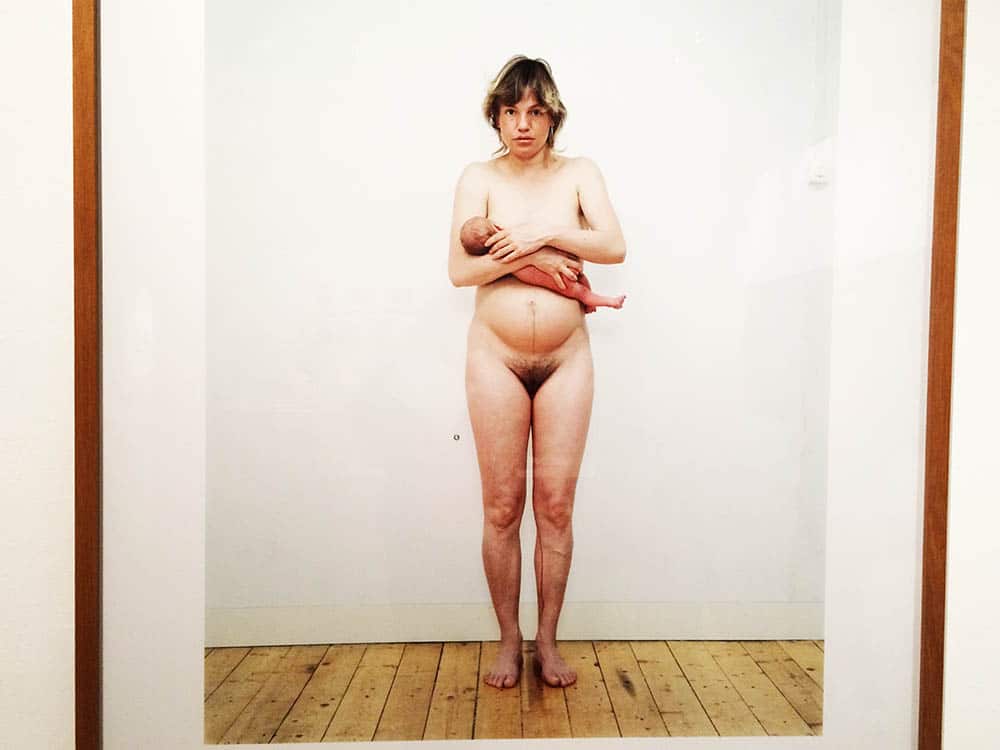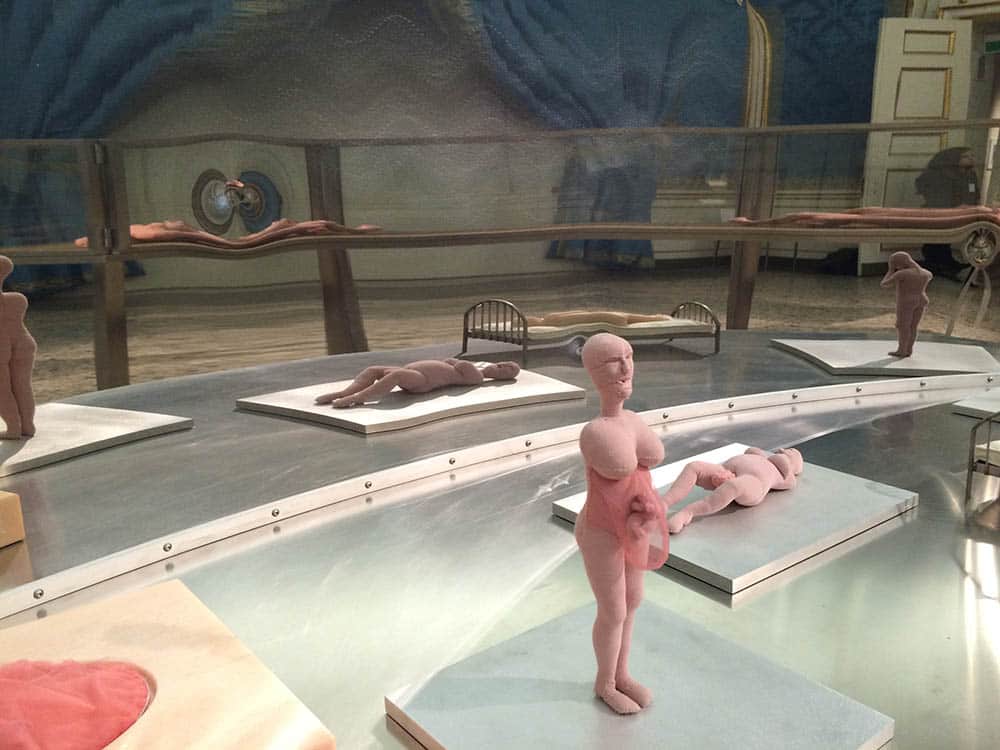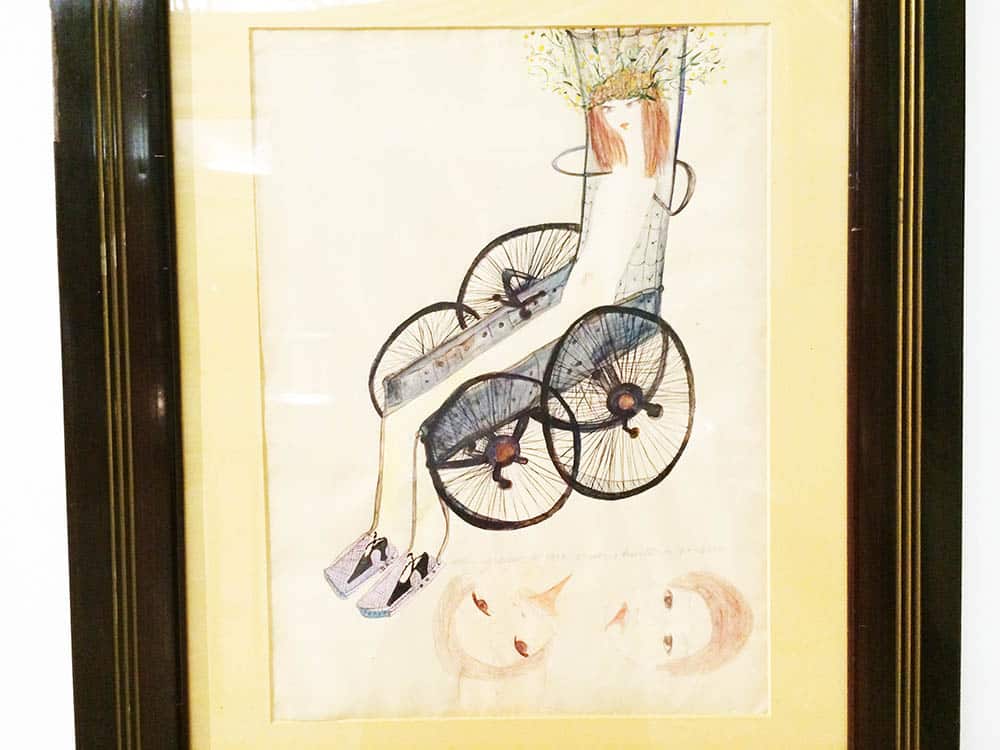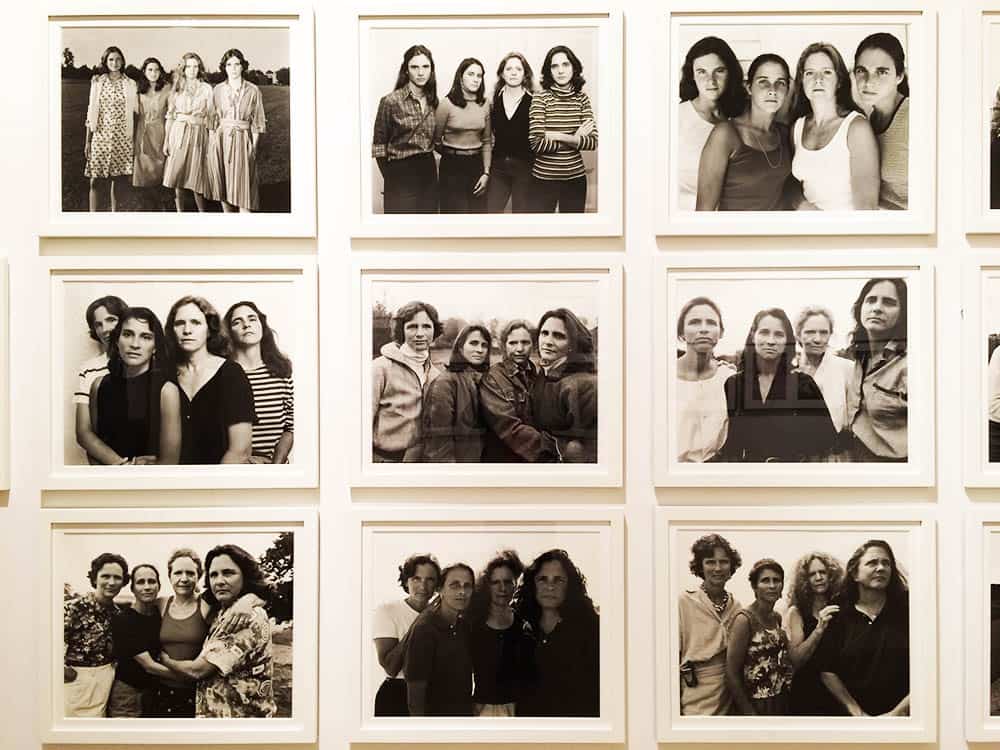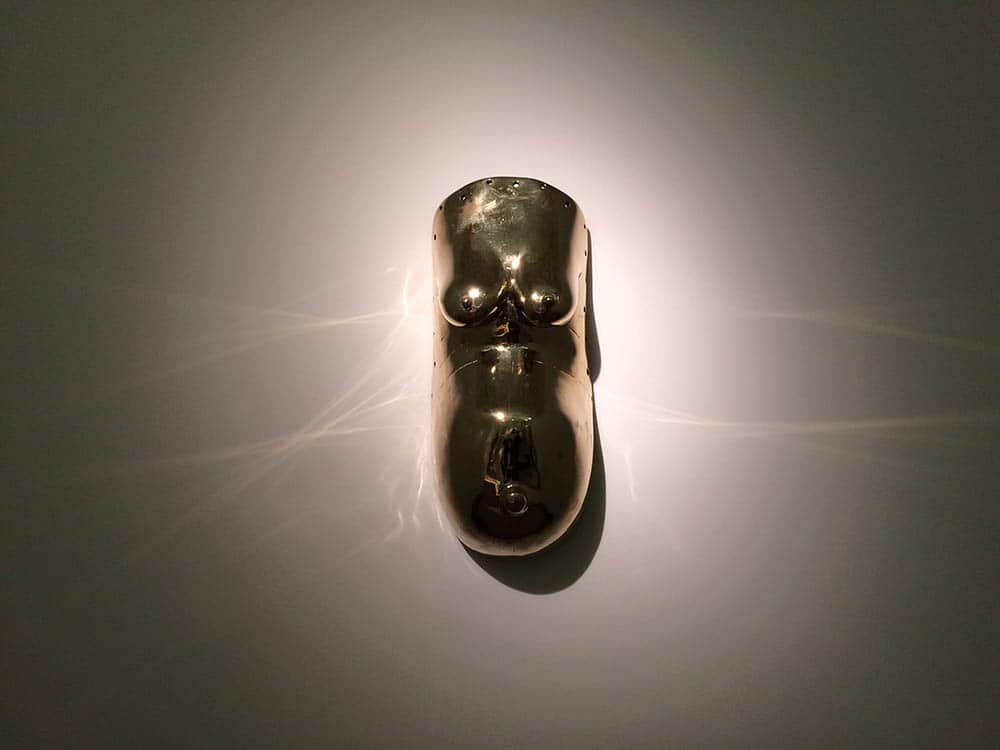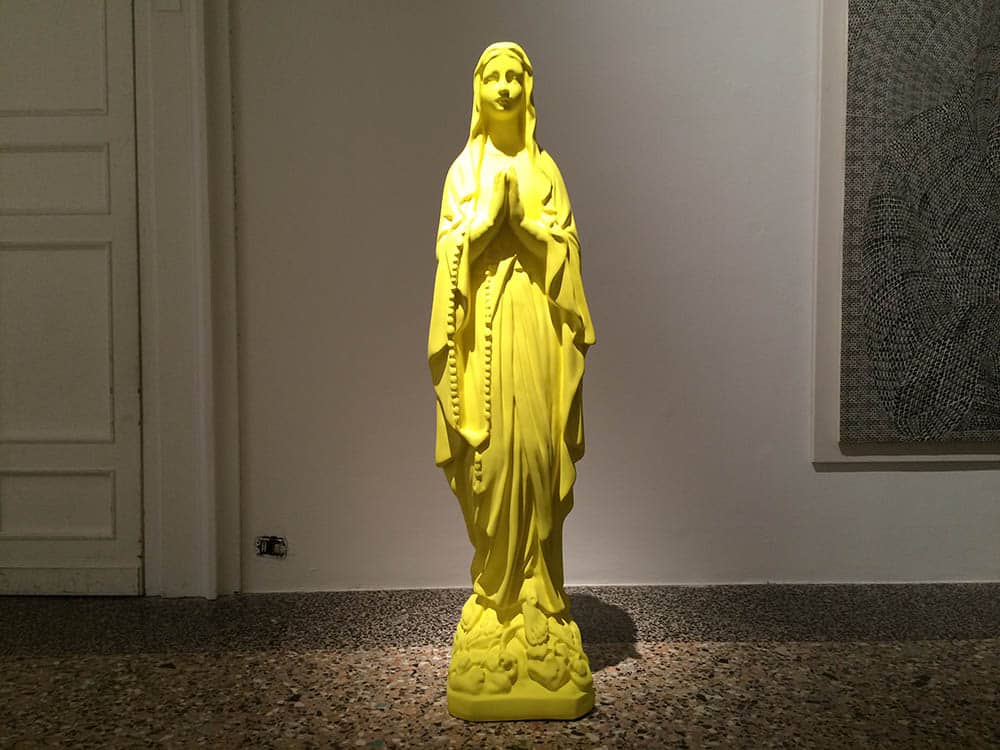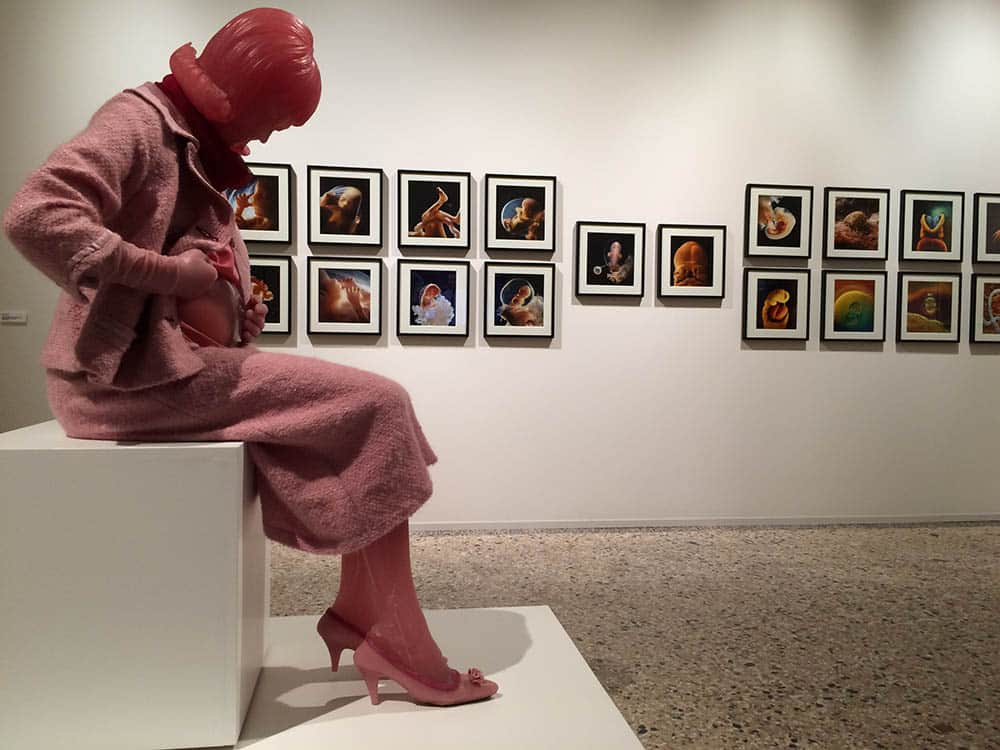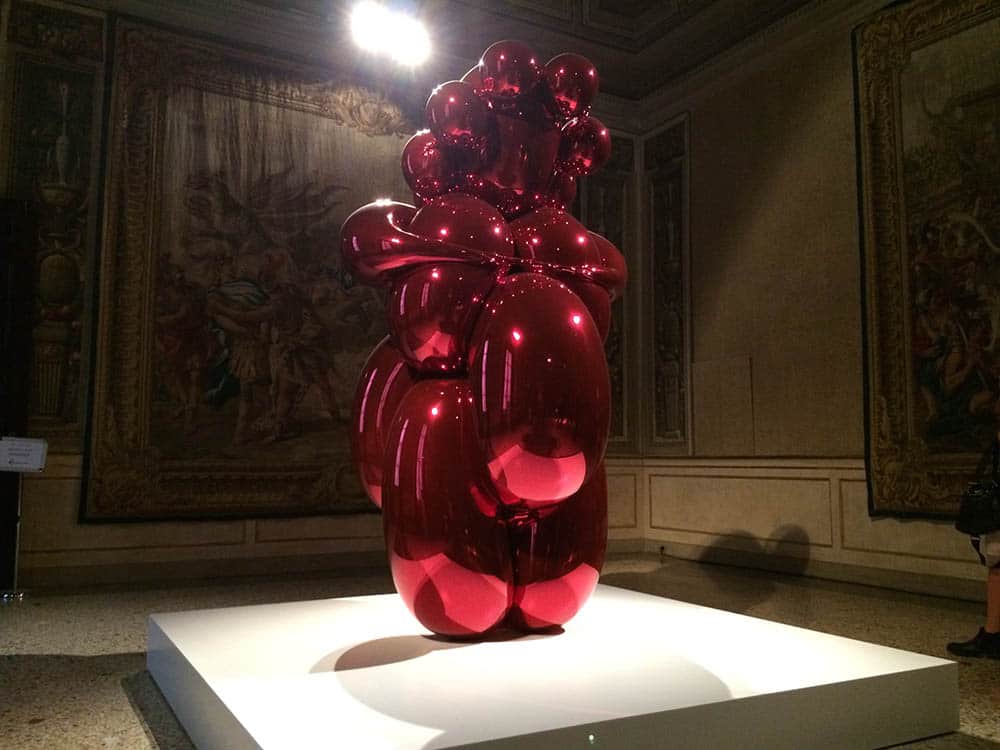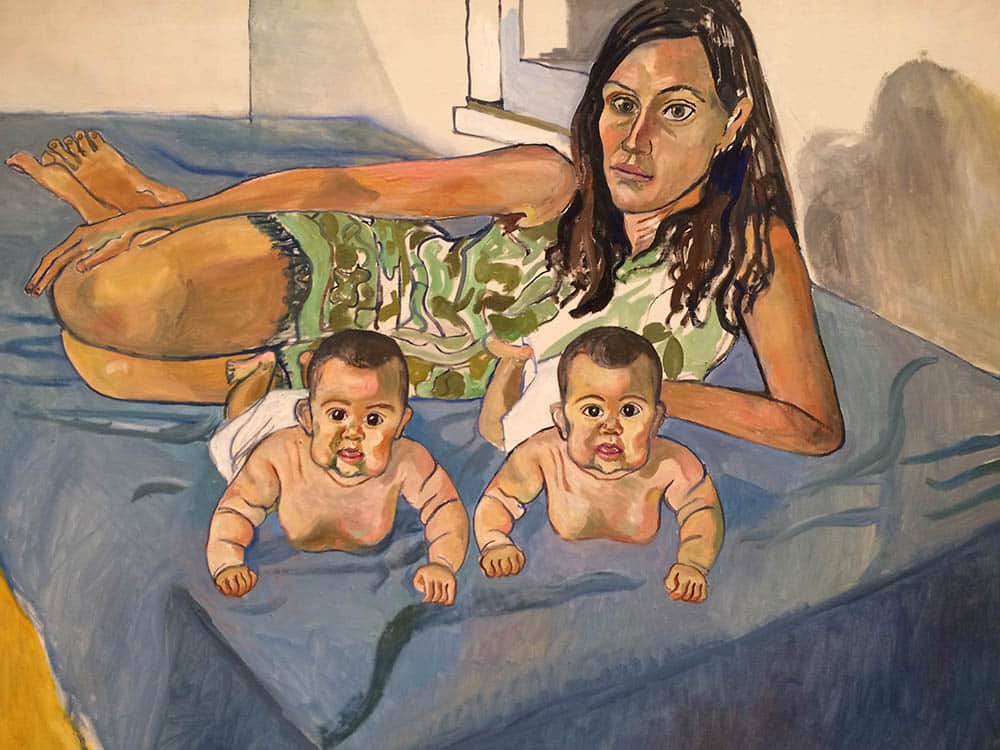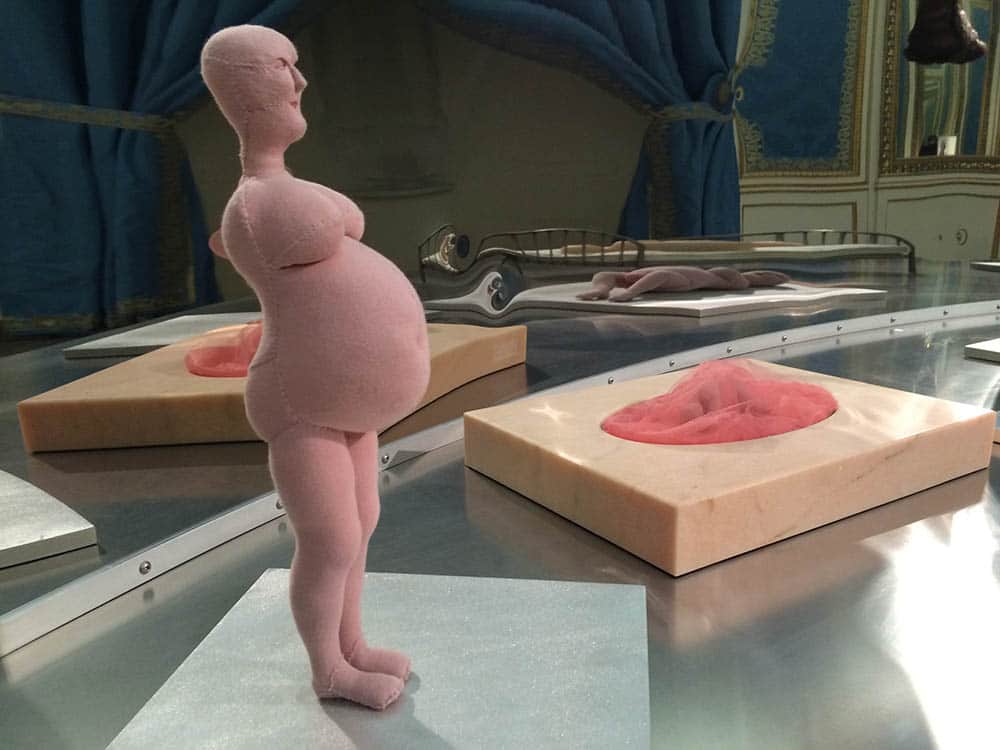I must confess I went to see this exhibition without knowing anything about what the content was about, simply attracted by the image of the boards spread out all over Milan.
It was a black and white portrait of a young woman apparently from the ’50s, nice and simple, like a secretary with affordable desires. There was something strange though about the picture, as it had something fake hidden that I didn’t even analyzed.
The exhibition, it’s useless to say, was a total surprise. At the entrance we met a friend that told us she really loved it and to get ready for a very rich experience. Fair enough from the entrance to the very end, the path is a continuous surprise that makes you somehow deal with motherhood and the female role in a kaleidoscope of artists visions and highlights.
The list of artists, from pioneer movie directors to modern photographers, mixing research fields and genders, is pretty amazing and each one seems to add another piece to the puzzle.
It would be impossible in a short article to describe even one third of the pieces of such a crowded and rich layout but one of them somehow stands out: “Amazing grace”, (1993) by Nari Ward.
Presented for the first time in an abandoned firehouse in Harlem, this huge installation is composed of 280 discarded strollers, positioned in the shape of a ship’s hull and the visitors walk though it following a path made of flattened fire hoses, while listening to the recorded voice of Amalia Jackson, singing the famous gospel that gives the name to this moving art piece.
I was lucky enough to enter the room alone and have the chance to experiment the sense of abandonment transmitted by the presence/absence of those empty object left in varying states of disrepair, lined as to remind the multiple effort of hundreds of women as caretakers. The light was falling from a large skylight dipping the installation in a livid and unnatural atmosphere that seemed to be it’s perfect destiny.
As I often do, I read the artist biography and work description at home but in this case it was a useless add: no word could explain any better what I saw a few hours before.
[socialWarfare]

